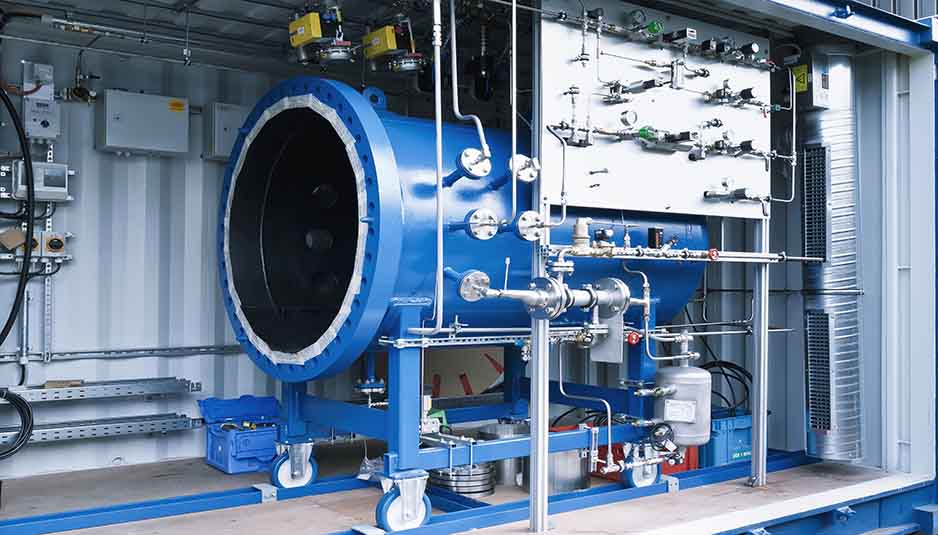Blue Crude: AUDI Works for a New and Clean Fuel

thesavvytechs.com
Last week German based Audi has affirmed that they can create the so-called e-diesel from nothing more than water and carbon dioxide. The plant in Dresden (east part of Germany), operated by the clean tech company Sunfire GmbH, has produced its first lot of “blue crude” after four months of technical work. Actually is the latter company that studied and developed the technology during the last year.
The process is based on the Fischer-Tropsch technique (developed in 1925 and already used since the Second World War to nowadays) combined with SOECs (Solid Oxide Electrolyser Cells, fuel cells that achieve electrolysis of the water using electricity and solid oxides). First of all renewable energy sources such as wind, solar or hydro produce electricity which are used in SOECs to heat water to temperature in excess of 800 °C (1470 °F). The steam is broken down through high temperature electrolysis and oxygen is removed in order to produce hydrogen. In the later step, the hydrogen is used to reduce CO2 to carbon monoxide. Carbon dioxide could be pulled from the atmosphere reducing the pollution, precipitated in biogas facilities or collected using waste gas processes. In the last stage H2 and CO are mixed up under high heat and pressure using the Fischer-Tropsch process in order to synthesize them into high-purity fuel: the “blue crude”. The latter liquid product is composed of long-chain hydrocarbon compounds – similar to fossil fuels – but free from sulfur and aromatics.
The machine has operated at an efficiency – from renewable power to liquid hydrocarbon – of around 50%, but Sunfire seem confident this may be increased to 70% and even more by using, for example, the excess heat from the process to create more steam. Audi also admits that “none of the processes we use are new, but it is how we are going about it that is: increasing the temperature at which the water is split increases the efficiency of the process and that the waste heat can then be recovered”. The e-diesel could be mixed with regular diesel, or could be used as a fuel itself. At the moment the system can produce more than a barrel of fuel per day and can recycle more than three tons of CO2 per ton of fuel.
This process could lead to a revolution in the transportation technical field; first, because e-diesel is carbon neutral and it is no polluting at all, but also because it could be poured into our cars without the need of any retrofits.
